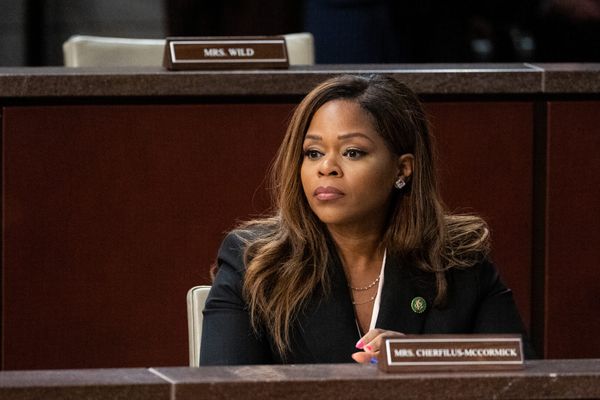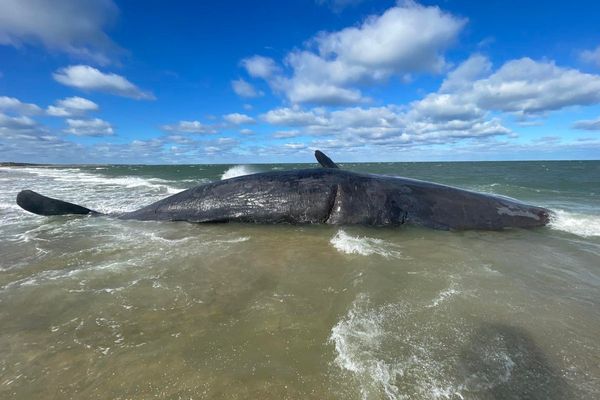
French-Israeli artist Shelomo Selinger, a survivor of nine Nazi concentration camps, has donated two of his artworks to the United Nations cultural body Unesco. The unveiling of the restored works coincides with the 80th anniversary of the liberation of the Auschwitz-Birkenau camp and the International Day of Commemoration in Memory of the Victims of the Holocaust.
"Those who knew the camps are never free from them," Selinger, 97, wrote in his 2021 book Nuit et Lumière – Des marches de la mort au chemin de la Vie ("Night and Light: From Death Marches to the Path of Life").
"[The camps] are there every night, and with them every morning those who were assassinated by my side, witnesses of absolute and shapeless darkness from which I try to sculpt some sort of hope."

Born in the small town of Szczakowa, Poland in 1928, Selinger grew up in a Jewish family. Deported with his father in 1942 when he was 13 years old, he survived nine concentration camps and two death marches.
His mother and one of his sisters were taken to Auschwitz in 1943 and never returned, something he only learned years later.
In 1945 he was saved by a Jewish military doctor who came with the Soviet army to liberate the Terezin camp in then-Czechoslovakia. He was discovered on a pile of corpses and taken to a military field hospital. Although his health recovered, he suffered from amnesia for seven years.
Art as hope
After his liberation, he went to Israel, where he fought in the 1948 Arab-Israeli War. He helped found the Kabri Kibbutz in Galilee and met his wife Ruth, whom he married in 1954.
It was at this time that he discovered sculpture and art, and with them a way to deal with the painful memories that came flooding back to him in nightmares.
After winning the Norman Prize for young sculptors in 1955, he headed to France where he enrolled at the École des Beaux-Arts in Paris and studied under the sculptor Marcel Gimond. In 1962 he met the gallery owner Michel Dauberville, who has exhibited his work ever since.
How Allied photos revealed true horrors of the Nazi death camps
"Nature gave me oblivion to rebuild myself, art did the rest," the Jewish Cultural Centre in Paris quotes him as saying. "I leave my house and hurry to my studio each morning. I take my chisel and my hammer. I dance with the stone and together we invent a language of light to say what can’t be held back. It’s in that way that I can be free".
Since the 1950s, Selinger has made more than 900 artworks in many formats and materials. His works are displayed in public spaces including the Holocaust memorial site in Drancy, north east of Paris, from where French Jews were deported to the extermination camps, and the Yad Vashem museum in Israel.

One of the works donated to Unesco this week, entitled "Desire for freedom", a charcoal drawing made in 1995, depicts horses galloping side by side, their limbs overlapping, straining to get ahead.
It underwent extensive restoration by Unesco experts, before being handed over at a ceremony on Thursday.

Alongside it is the work "Shoah" (Holocaust), an Indian ink drawing done in 1975, which depicts the emaciated bodies of men and women, ribcages exposed, guards standing over them brandishing whips. The image of a horse also appears, with its hoof appearing to stamp on a man’s face.
The handover of these works is part of the Unesco’s programme to mark the 80th anniversary of the liberation of the Auschwitz-Birkenau camp on 27 January. More than 1 million people were murdered there, most of them Jewish. The former camp was added to the Unesco World Heritage list in 1979.
The Holocaust saw the murder of 6 million Jews across Europe, executed by the Nazi State in Germany and its collaborators. Each year countries across the world hold commemorations to mark the 27 January, International Day of Commemoration in Memory of the Victims of the Holocaust.
Survivor of 1942 Jewish roundup tells her story 'for those who didn't come back'
This year, the education branch of Unesco has published a new series of guides to help teachers and journalists "fight Holocaust denial and distortion".
"At a time when survivors and direct witnesses to the Holocaust are becoming increasingly rare, it is essential to invest more in education to transmit the memory of the facts and fight against contemporary forms of anti-Semitism," the director of Unesco, Audrey Azoulay, said at the ceremony on Thursday.
In collaboration with the Normandy Region and the Shoah Memorial, Unesco has also opened a photo exhibition "Beyond the Abyss of the Auschwitz-I and Auschwitz-II Birkenau camps" by photographer Olivier Mériel, displayed on the fences of the Unesco Headquarters in Paris from 20 January to 28 February.








